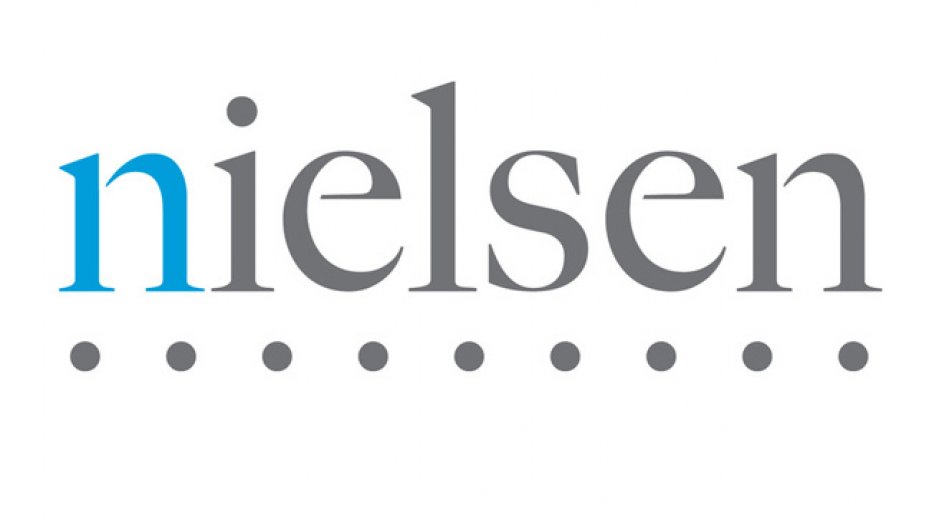

If you’ve ever reached for your smartphone or logged onto your laptop to make a purchase, you’re not alone. In fact, more than 93% of global respondents in Nielsen’s online Connected Commerce Survey say they’ve shopped online—perhaps not surprising, given that the findings are based on internet-connected consumers. But the significance of this number is noteworthy. Not only does it speak to how pervasive online shopping is among the growing online population, but it also provides an insightful view into purchase behaviors that will only accelerate as internet penetration grows. And when it comes to buying online, category dynamics are fluid and evolving.
Durable and service-oriented categories continue to lead the way in self-reported online purchasing. These categories formed the baseline of entry for e-commerce, and their popularity continues to expand. More than half of global respondents in the online study say they’ve purchased fashion products (58%) or travel products or services (55%) online, and half say they’ve purchased books, music or stationery.
Consumable categories, in contrast, have been slower to gain popularity among online shoppers, but that is changing—especially for categories that are filling particular need states exceptionally well. In fact, nearly four in 10 global respondents (38%) say they’ve purchased personal care and beauty products online, and about one-fourth say they’ve ordered meal kit or restaurant delivery services (27%) or packaged grocery food (24%) online.
Meal kit services make up a new retail model that has taken the U.S. by storm in the past few years, with companies catering to just about every food preference, from vegan to gluten free. These services have gained traction for several reasons. Ingredients are delivered straight to consumers’ doors with cooking instructions, eliminating the drudgery of having to plan meals and go to the store to get the required ingredients. They also have wide appeal, offering exotic flavors and a more convenient solution to traditional cooking for busy food enthusiasts, while providing guidance for less confident cooks.
When it comes to fresh groceries, images simply can’t replace the physical look, feel and smell of these products. Even so, online shopping in this category is gaining traction in certain markets. About four in 10 online respondents in China (40%) and South Korea (39%) and just over one-third in India (35%) say they’ve purchased fresh groceries online. Nevertheless, the category has significant barriers to overcome to achieve widespread e-commerce adoption: Less than one-10th of respondents in Europe (9%), North America (9%), Africa/Middle East (7%) and Latin America (7%) say they’ve purchased fresh groceries online. While not being able to hand pick fresh groceries is a clear barrier to online adoption, as grocery delivery services expand and improve, and quality assurance is guaranteed, the allure of purchasing fresh groceries will expand.
Innovative fulfillment options could be a catalyst for growth—especially for fresh categories. Ordering online for home delivery has been the traditional model for connected commerce, and it’s still the most preferred. However, home delivery isn’t particularly well suited to fresh categories, where perishability is a concern and refrigeration is a basic requirement. To overcome these barriers, retailers in a host of countries are experimenting with new models that offer the convenience of e-commerce without the spoilage concerns; examples include refrigerated lockers at terminal stations, instant delivery services within a one- or two-hour window and “to go” models where consumers can order online for pickup at the retailer during a specified time slot. More consumers are open to these options than have been in the past. Nielsen’s 2014 E-commerce and the New Retail Survey showed that 31% of global respondents were unwilling to order online for pickup inside the store, and 33% were unwilling to order online for drive-through pickup (the click-and-drive model popular in France). In 2016, resistance to each of these options declined by four percentage points to 27% and 29%, respectively.
Other findings from the Connected Commerce Survey include:
- Fourteen percent of global respondents say they buy fresh and household groceries online regularly; 30% say they are not currently buying online, but would consider it in the near future.
- In several durable or service-related categories, findings suggest that once a consumer makes an online purchase, the online channel remains the favorite shopping destination.
- More than half of global Millennials (54%) say a money-back guarantee would encourage them to buy consumable categories online, compared with 45% of Baby Boomers.
- Sixty percent of respondents in Asia-Pacific and Latin America say they’re definitely willing to use online or mobile coupons.
For more detail and insight, download Nielsen’s Global Connected Commerce Report. If you would like more detailed country-level data from this survey, it is available for sale in the Nielsen Store.
ABOUT THE NIELSEN GLOBAL SURVEY
The Nielsen Global Connected Commerce Survey was conducted Oct. 31–Nov. 18, 2016, and polled more than 30,000 online consumers in 63 countries throughout Asia-Pacific, Europe, Latin America, the Middle East/Africa and North America. The sample includes internet users who agreed to participate in this survey and has quotas based on age and sex for each country. It is weighted to be representative of internet consumers by country. Because the sample is based on those who agreed to participate, no estimates of theoretical sampling error can be calculated. However, a probability sample of equivalent size would have a margin of error of ±0.6% at the global level. This Nielsen survey is based only on the behavior of respondents with online access. Internet penetration rates vary by country. Nielsen uses a minimum reporting standard of 60% internet penetration or an online population of 10 million for survey inclusion.
To stay up-to-date on the latest eCommerce news, you might also be interested in signing up to Profitero’s weekly Digital Shelf Digest.


























